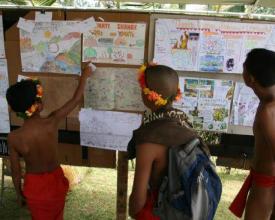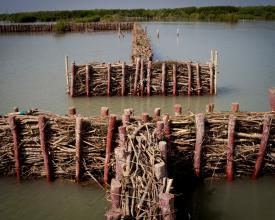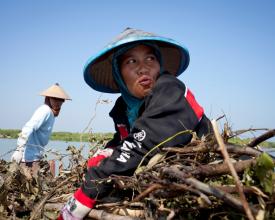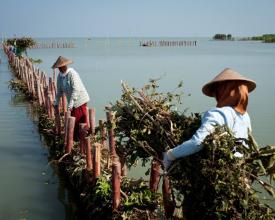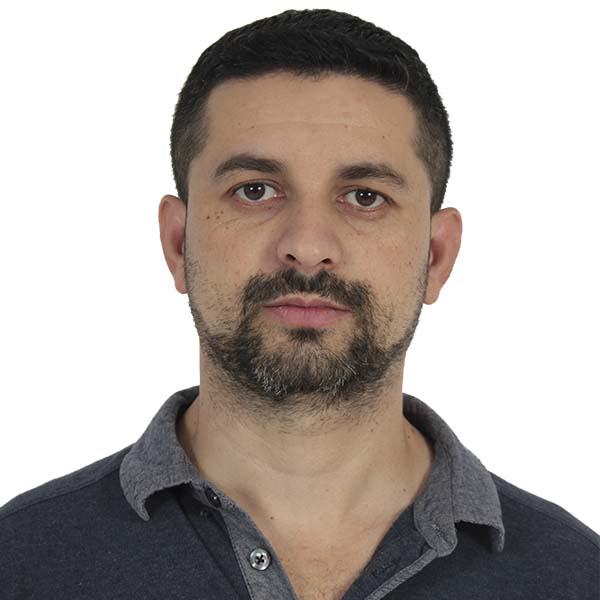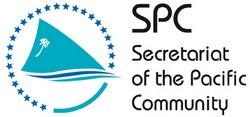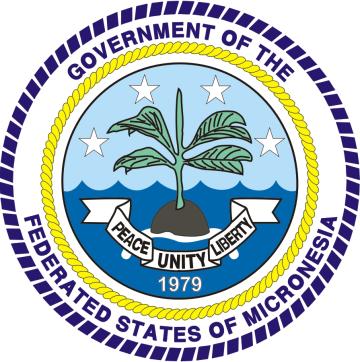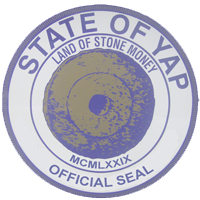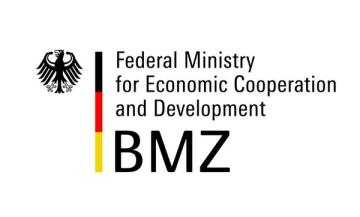
Community-based Ecosystem Approach to Fisheries Management (CEAFM)
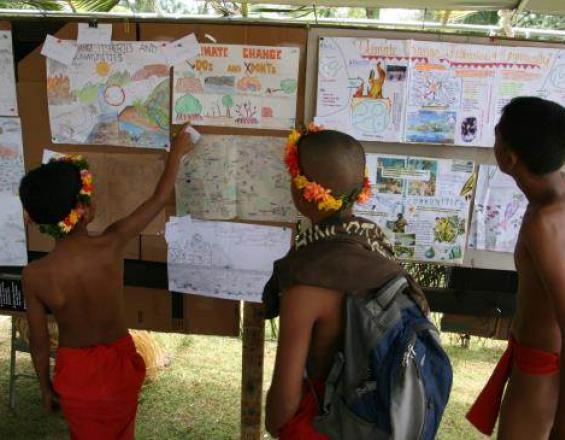
CEAFM addresses the problem of declining fish and shellfish populations and the potential impacts of climate change in three selected communities in the State of Yap, FSM. It represents a combination of three different perspectives: fisheries management, ecosystem management and community-based management. It is a broader approach to manage fisheries as component of the marine ecosystem.
Context
Challenges addressed
Location
Process
Summary of the process
- Expression of Interest from the Community: Interested communities approach their respective Municipal Government to establish a CEAFM project.
- Initial Community and Community Traditional Leaders Consultation: The project team meets with the communities’ traditional leaders to get their support of the project. The meeting allows the community leaders to understand the program and the long-term benefits
- Establishment of the Project Task Force and Roles including respective important stakeholders.
- Community Consultations and Workshops with relevant local stakeholder groups.
- Drafting the Community Fisheries Management Plan (see building block 1). Once the community approves the management plan, it will be finalized for endorsement by the Community Leaders and the Project Team.
- Endorsement and implementation of the Community Management Plan (see building block 2 as one possible implementation action).
- Monitoring and Review: The Project Team should develop a review process to monitor the activities of the plan.
Building Blocks
Community Management Plans
Communities analyse their fishing practices and develop community-owned plans to introduce appropriate actions and conservation measures. This is supported by awareness raising programs as well as technical advice. The strategy is based on 3 principles; maximum participation, motivation rather than education and demand-based process. Communities should be convinced that they have the primary responsibility to manage their own marine environment and not the government.
Enabling factors
- Keeping the process simple
- Respect local customs and protocols
- Provide motivation
- Make use of traditional knowledge
- Use science to support community objectives
- Adopt a precautionary approach
- Suggest alternatives to the over-exploitation of resources
Lesson learned
Local knowledge has often been underestimated however; most communities have an acute awareness of, and concern for their marine environment. These views should be considered when developing management undertakings. The success of community consultations depend on the facilitators. Facilitators should be equipped with the appropriate skills such as cultural, traditional, confident, encouraging individuals to give their opinion and good listeners than teachers. Facilitators should never dominate discussions or express their opinions – neutrality is of key importance. Awareness materials and programmes should consider its target audience, how it is delivered and who the message is aimed. Sometimes messages are defensive when interpreting the local situation. Community has ownership or assumed control over the managed area or fishery.
Fish Aggregating Devices (FADs)
FADs attract pelagic fish to a certain offshore area and therefore facilitate offshore fisheries, and at the same time alleviate fishing pressure on inshore areas like coral reefs and provide alternative livelihoods for the local community. Its implementation includes the following activities: • Community training on FADs construction, management, deployment, maintenance and fishing methods; • Ongoing FADs monitoring and data collection to evaluate social and economic benefits of FADs; • Stockpiling materials for repair, maintenance and new deployments of FADs.
Enabling factors
- The Community Coastal Fisheries Management Plan has to be agreed by the respective community and by all relevant stakeholders before any discussion on FADs can take place.
- FADs are only one of many options of management actions and should be communicated to the community as exactly that.
- The deployment of FADs always has to be combined with a monitoring and evaluation program to be able to adjust and follow up the project implementation process.
Lesson learned
It is often difficult to sufficiently link the FADs deployment and evaluation with ongoing monitoring programs e.g. from conservation NGOs on impacts to existing MPAs. But this is crucial to actually assess the impacts and expected changes in the use and management of coastal resources.
Capacity Building of Stakeholders
SPC offers a number of regional and local training and capacity building programmes for national and state government officials as well as community representatives. These teach management and specific skills at all levels of expertise. This process supports the sustainability of CEAFM.
Enabling factors
- Assess the willingness of the political counterparts to accept “outside” support and ability to sustainably implement and follow up the gained know-how during the training.
Lesson learned
It is very often difficult to guarantee that the officers trained actually stay in their jobs for a sufficient timeframe to actually be able to implement the skills gained during the trainings. Therefore it is advisable to include a more systemic approach that includes e.g. institutional capacity building in the respective agency.
Impacts
The analysis of the data derived from the FAD monitoring program in Yap allows us to conclude that:
- FADs improve fisher efficiency, in terms of increasing catch rates;
- FADs encourage household behavioural change, in terms of diverting fishing activity away from the coast, and in changing fish consumption and sales from reef to pelagic fish that are typically associated with FADs; and
- The financial cost incurred from procuring and installing FADs is significantly outweighed by additional catch value that is generated.
